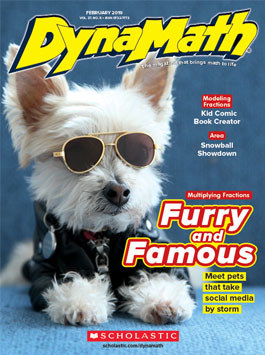Concrete learning opportunities—like using manipulatives and doing hands-on activities—are essential for every child’s mathematical development. When a child develops their number sense with concrete math learning tools, a deeper sense of understanding occurs.
Counting out objects, combining them, moving them apart, forming groups, and taking them away, are all processes that children can do with their hands. These activities work more areas of the brain than if the same problems were done abstractly.



